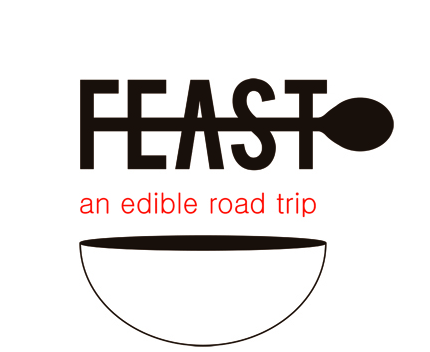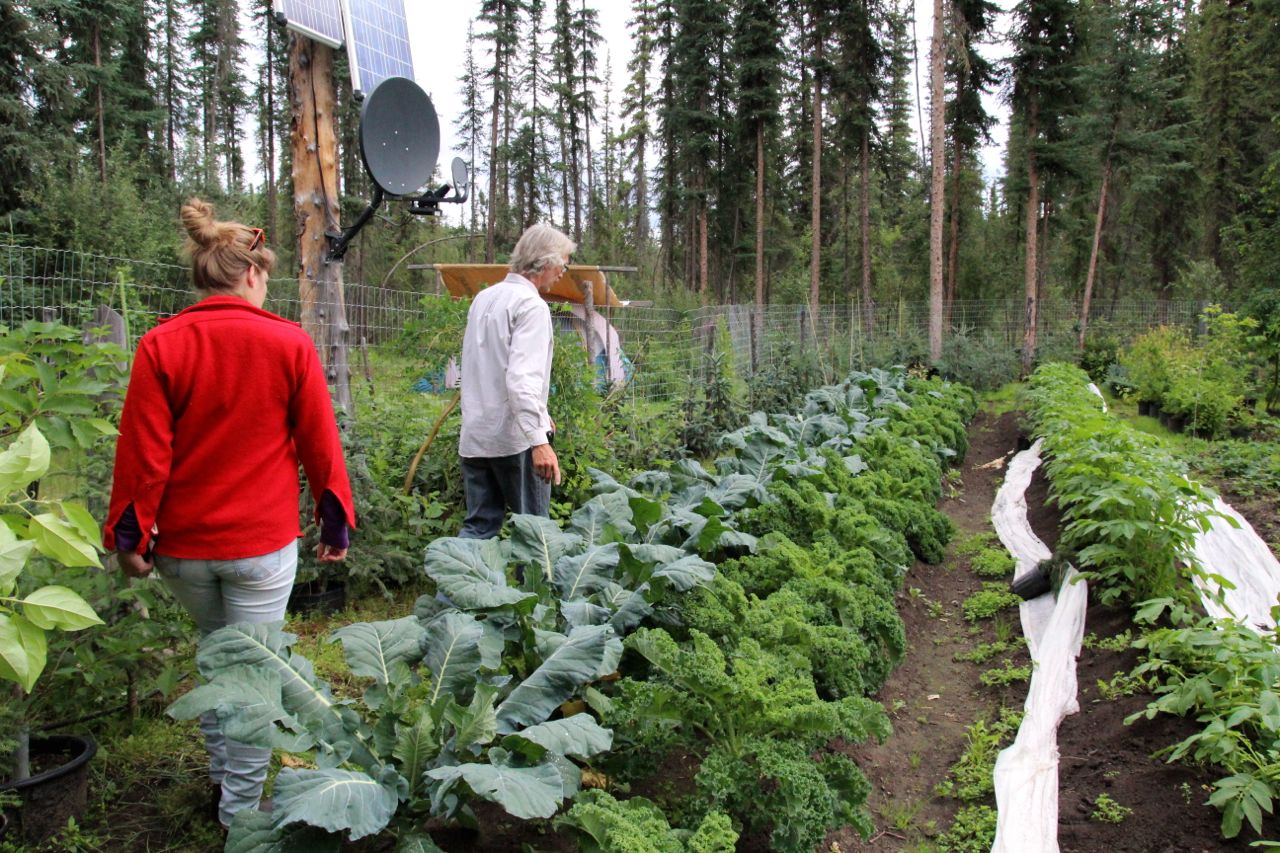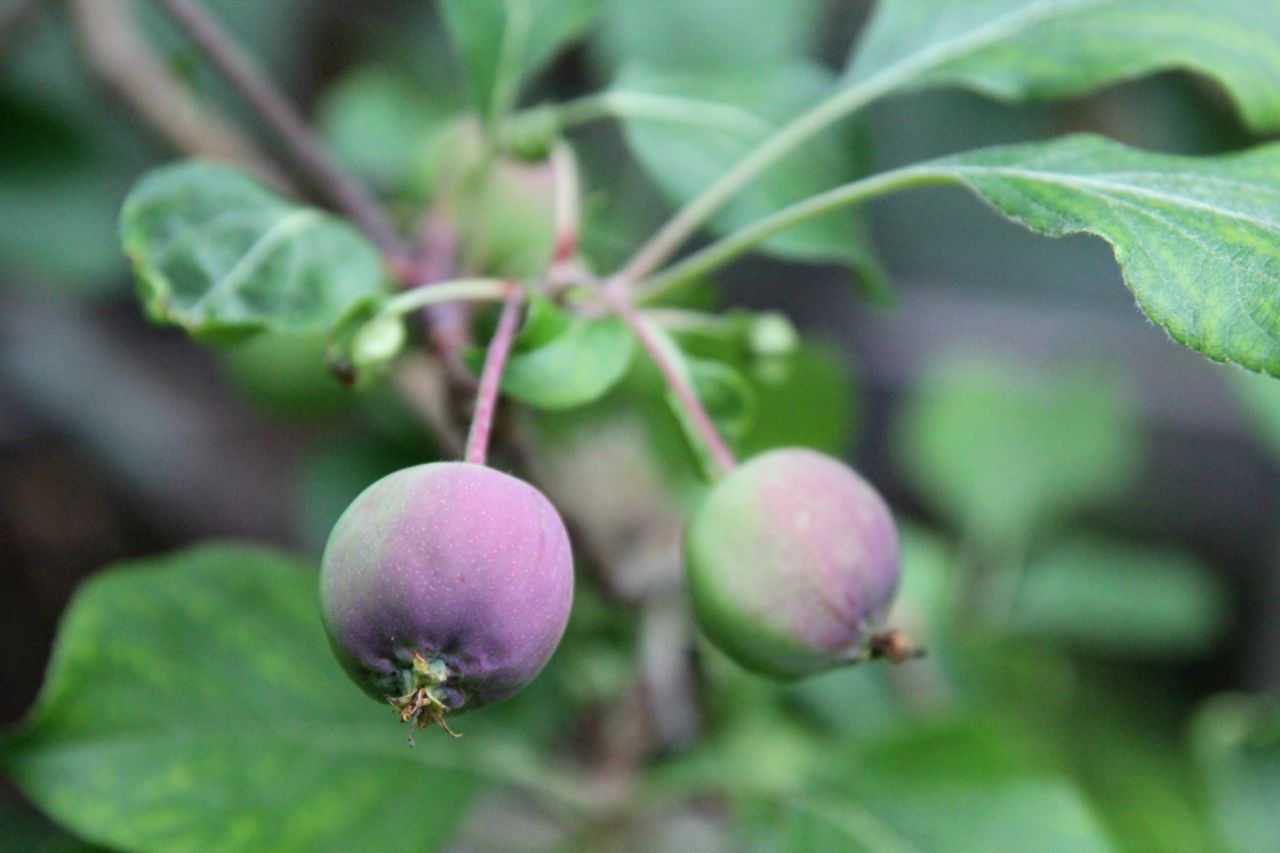Klondike Kate's and a Very Sour Toe
Ask anyone in Dawson City where you should eat for dinner, and they will probably say ‘Klondike Kate’s.’ Kate’s, as it is called locally, was established in the early 90’s in a restored gold rush era building. It was named for a famous and vivacious dancer dubbed ‘Klondike Kate,’ or ‘Queen of the Gold Rush’ in Dawson at the turn of the 20th century.
Klondike Kate’s is full of character and features local ingredients including birch syrup, spruce tips, and wild mushrooms foraged by the chef himself. We tried several dishes that we enjoyed and several that were quite new to us.
Our meal took us from smoked arctic char livers with rhubarb compote and crème fraiche to arctic char tacos, maple syrup poutine, birch syrup glazed salmon, and elk and blueberry sausage with spruce tip aioli. Their menu was eclectic and interesting, and everything we had was excellent.
From Kate’s we went to the Downtown Hotel and partook in perhaps the most essential Dawson experience: the sour toe cocktail. This is where you put a real human toe, preserved in alcohol and stored in rock salt, into an alcoholic beverage of your choosing.
Yes.
Naturally, I was a bit squeamish at the thought of consuming the toe drink in general, but even more so at the thought of the old, dead toenail that I’d heard was still attached. I mentioned this particular fear to Jim Kemshead of Travel Yukon and, as if to comfort me, he replied “oh, don’t worry, the toe is completely black.” Actual horror set in at that moment.
How the toe cocktail has been so enthusiastically embraced over the years is still a mystery to me, but it’s a tradition that is revered and endeared by residents of Dawson City. The first toe allegedly belonged to Louie Liken, a trapper and placer miner of the 1920’s. During an illegal rum run to Alaska, Louie’s foot got wet and his big toe froze. In order to avoid gangrene and pricey doctors (and encouraged by the over-consumption of alcohol), his brother axed off his big toe and stored it in a jar of alcohol. Captain Dick Stevenson discovered the preserved toe years later. The rules of the sour toe cocktail were then conceived, and the commencement of the shot took place in 1973 at the Eldorado Hotel. Many toes have gone missing—swallowed or lost—throughout the years, and you can read about each toe’s origin and fate here.
A group of us waited in line to consume our toe-stained shot of Yukon Jack whiskey. Each person hears the rules, “You can drink it fast, you can drink it slow, but the lips have gotta touch the toe”, and are given their beverage to consume in front of the on-looking crowd.
Really, the shot wasn’t that bad—it tasted exactly like whisky. Once you get over the gnarly, toenail-possessing, tendon-spewing, blackened human toe staring at you, it’s totally palatable. And now, we get to say that we were the 50,697th and 50,699th people to partake in this lewd, ludicrous and hilarious experience.
-DV






























